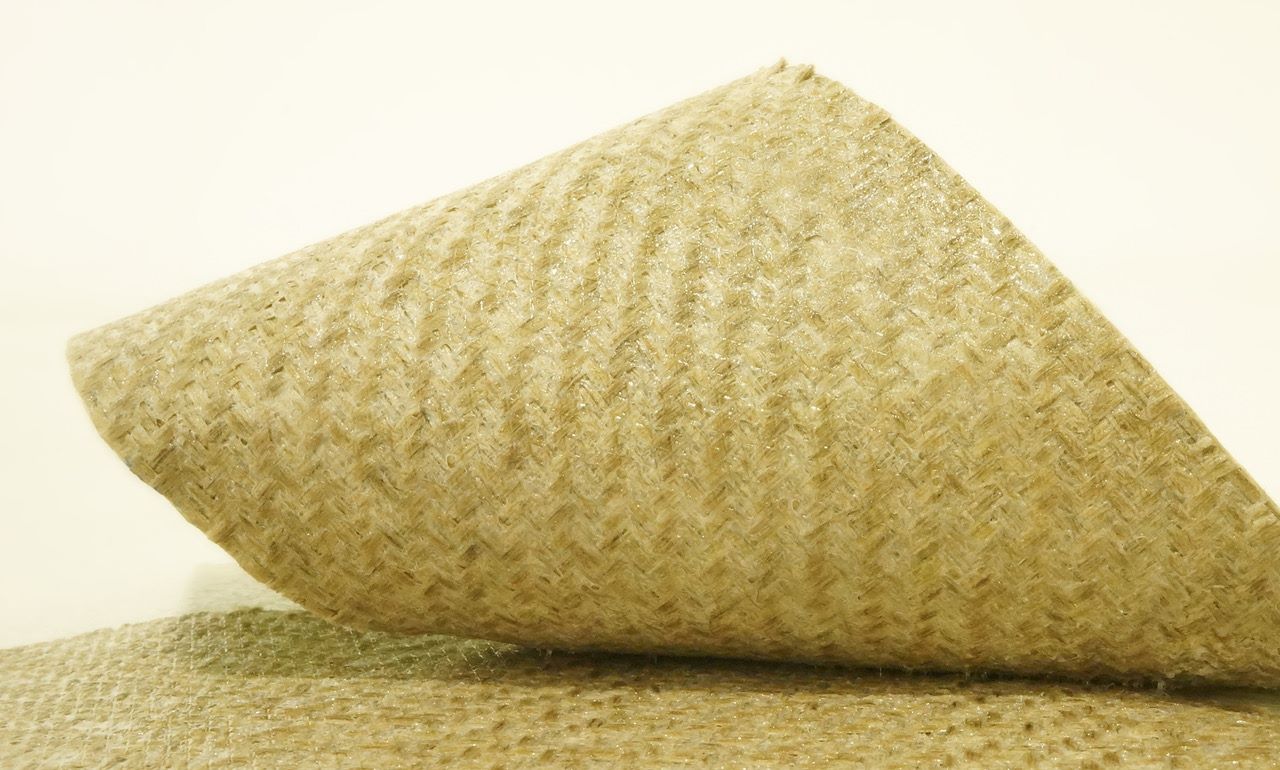
Alliance for European Flax-Linen & Hemp: Promoting Premium, Sustainable & Traceable Fibres
SOURCE talks to Julie Pariset, Innovation & CSR Director for the Alliance for European Flax-Linen & Hemp about the adoption of flax fibre composites in manufacturing performance boards and skis.
Tell us about the Alliance for European Flax-Linen & Hemp?
The Alliance for European Flax-Linen & Hemp is the new name launched in 2022 for the organization previously known as CELC (European Confederation for Flax and Hemp). The Alliance highlights a European industry which brings together the entire flax and hemp value chain around a common goal: to make European Flax-Linen and Hemp the preferred, sustainable, premium fibres for fashion, technical textiles, and natural fibre composites. We support our members and their customers with the best scientific and economic decision-making tools to enable this growth. Our leading brand – European Flax® – represents the premium flax fibres grown in Western Europe and is both a certificate of origin and a guarantee of traceability and quality. These fibres are well established in composites and match the industry’s requirements in terms of performance and technical expertise.
Flax can be a highly technical fibre as well as green?
Absolutely. Bio-sourced or recycled materials must ensure they enhance the overall performance of the end product, and this is where flax is so strong. Low in weight with a high specific stiffness, flax fibres are able to resist impact and deliver exceptional vibration damping in natural fibre composites. It’s this blend of properties – as a pure flax laminate or in combination with more traditional glass, carbon or basalt – that engineers can use to optimize performance, soften the ride and improve comfort for the skier or rider. This is exactly how the Alliance helps users.
Earlier this year, we published “Vibration Damping in Flax & Hemp Fibre Composites”, a new report that highlights how the damping properties of flax and hemp fibre composites can be positioned alongside a range of materials and how influential factors such as the matrix selected, porosity content and moisture absorption can impact the damping performance.

Rome x EcoTechnilin
The benefits are clear – which brands are using flax?
We have seen a fantastic range of smaller manufacturers and much larger mainstream brands adopt flax fibre reinforced composites. Some recent examples we have seen include products by Rome, Kang, and Salomon, showing just how creative the industry has been in applying flax.
Rome Snowboards used flax fibres from our member, EcoTechnilin, commenting that it was the performance characteristics as well as the eco credentials that led them to include them. Rome now also includes flax textile reinforcements into the impact plates and side walls of a number of their boards noting that the low-density fibres improve durability, rigidity and stability without impacting the “feel” of the board.
Swedish pole brand Kang is focused on environmentally smart materials that offer performance combined with long term sustainability. The latest version of their Telescopic Freeride poles uses Bcomp natural flax offering users another bio-based option to sit alongside their bamboo and recycled aluminium poles.
Big names are also showcasing flax constructions in their latest winter sports range with Salomon adding a hybrid flax/carbon layer to the laminate of its QST Lumen 98 women’s’ freeride ski. This reinforcement was developed using Terre de Lin’s TDL Technique flax products and combines the strength and stability of the lightweight carbon plies with the superior cushioning properties of flax, for a powerful, balanced ride. 
How does the Alliance support the industry in increasing the adoption of natural flax fibres?
It’s great to see winter sports brands (and all sports generally – water sports, racquets, paddles and protective equipment are also huge opportunities for flax) bringing flax fibre composites to the mainstream market. One of our key roles now is to develop the life cycle analysis (LCA) work started for European Flax® scutched long fibre (we were the first agro-industrial body to use the new European Union recognized Product Environmental Footprint (PEF) method for LCA studies) as we start to look further down the materials supply chain. This downstream data looks at processes including spinning yarns and weaving reinforcements is vital in providing a complete picture to manufacturers and their suppliers looking for a complete environmental update on their raw materials. Finally, the Alliance is also a great place to come for advice. Our website offers LCA and scientific reports freely available as well as our online materials supplier database.
Customers seem to have more flax and hemp fibre composite options to choose from in the marketplace…
Customers want manufacturers to reduce the environmental impact of their products. They simply won’t buy if manufacturers are not able to make a difference, and flax is one way to do that. So, we see manufacturers continuing to add more flax fibres where they make the most sense, either in pure flax thermoplastic or thermoset composites or as hybrids with other fibres, in applications where reduced vibration, improved comfort and an enhanced quality of ride are required. Using flax in this way, manufacturers are delivering enhanced performance and sustainability, propelling an exciting future for eco-friendly innovations on the slopes.







